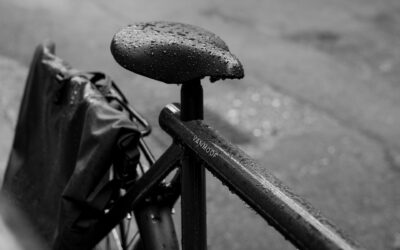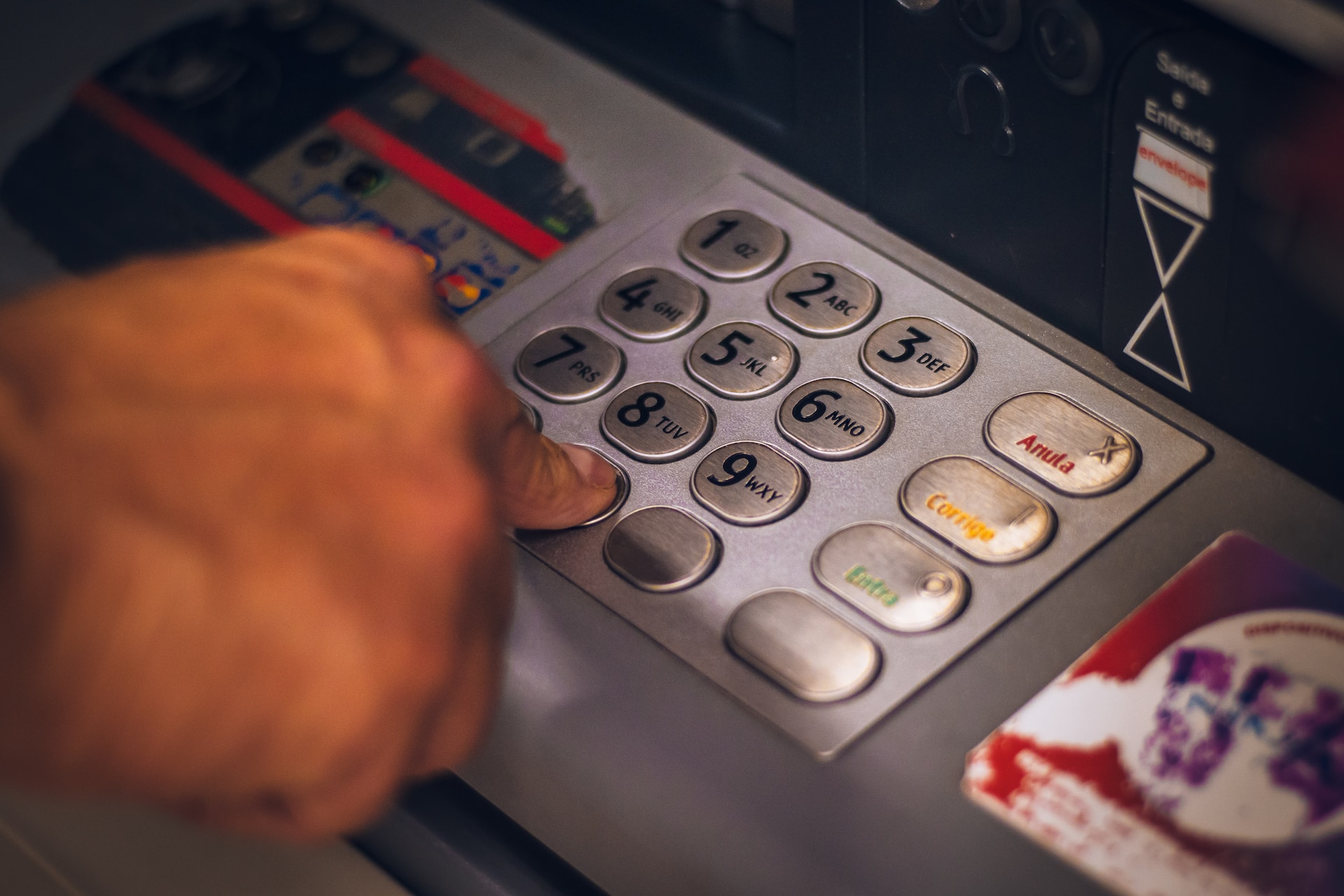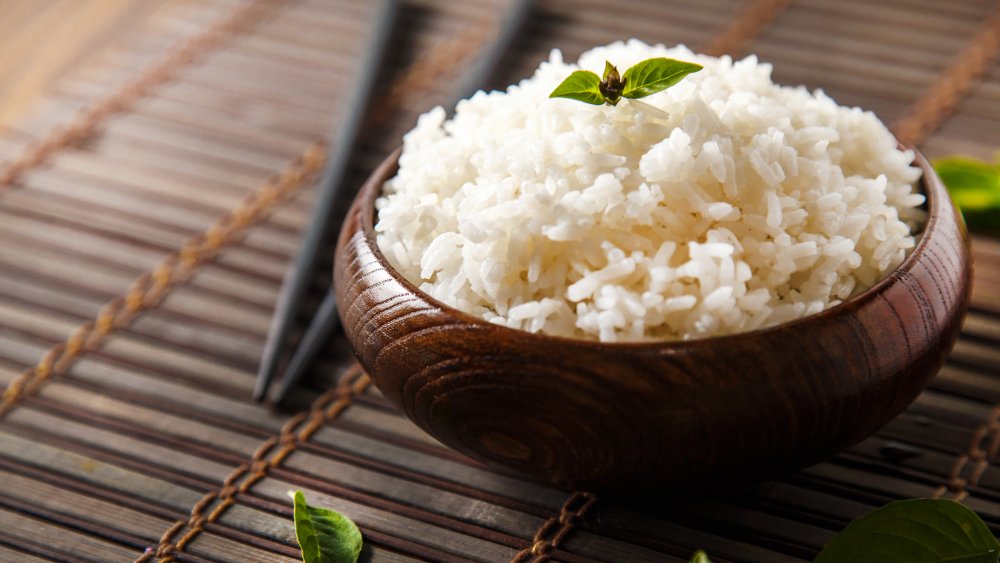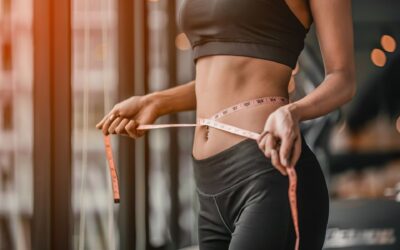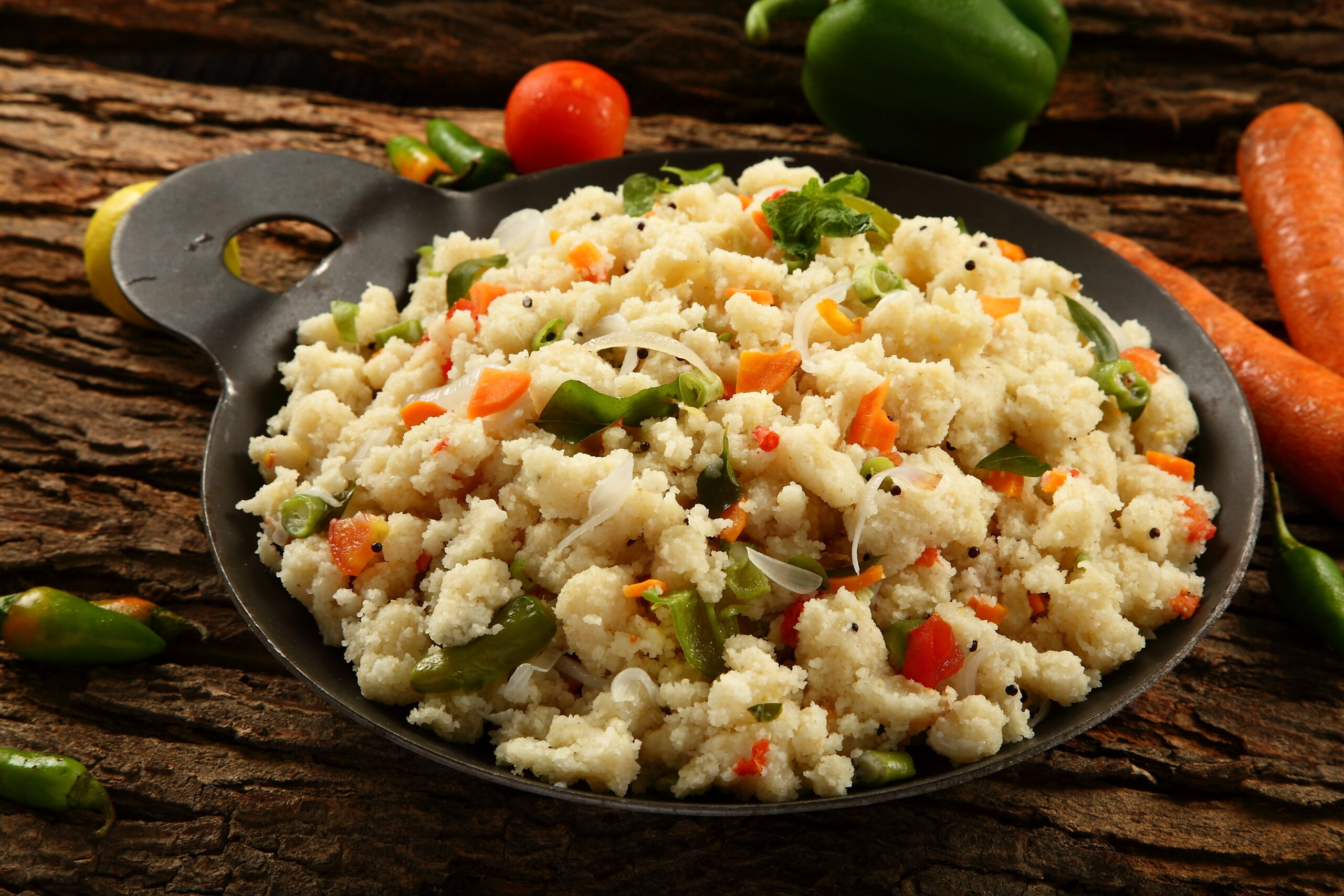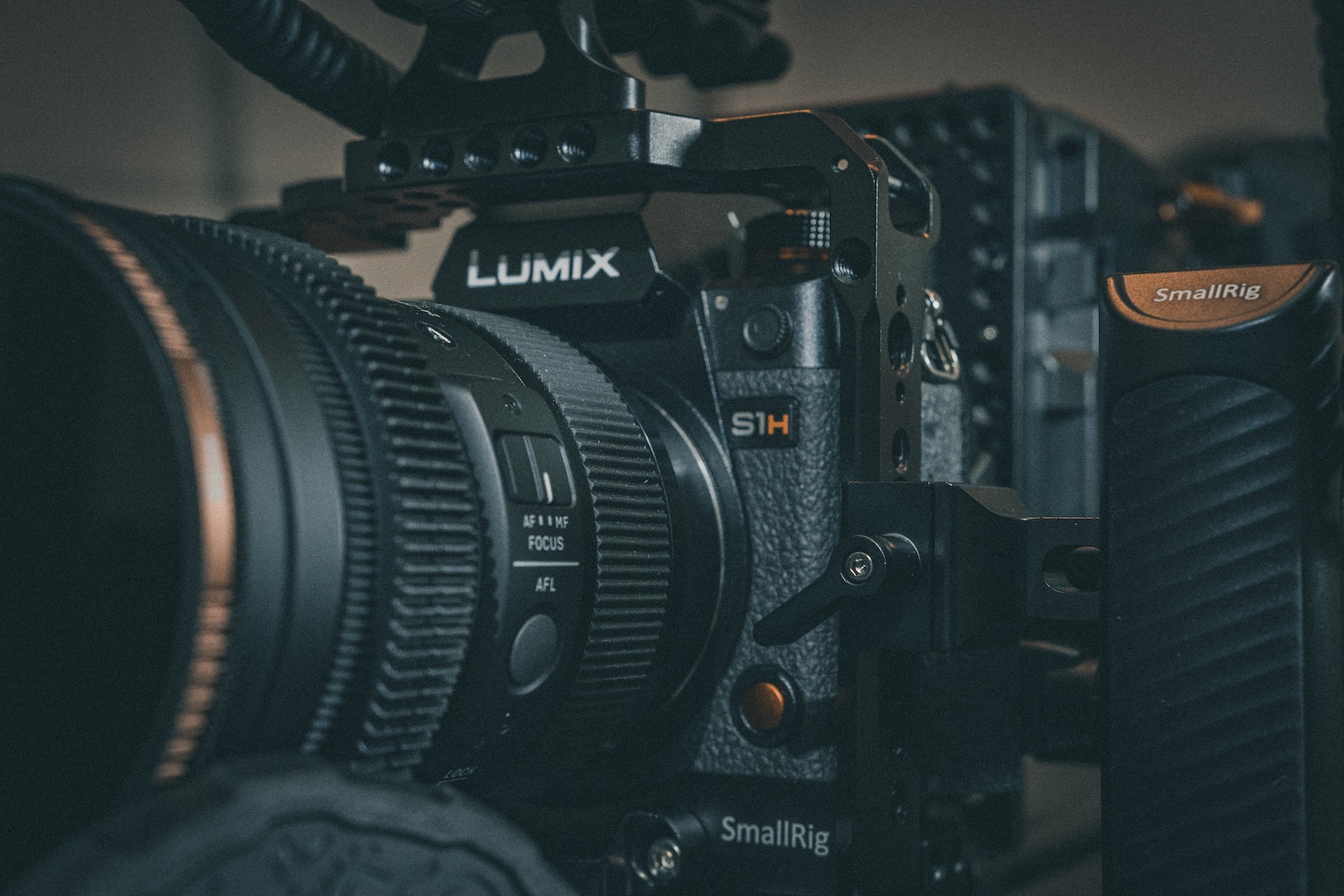Washing Machine Working Mechanism Explained
Hey Reader! If you are a person who likes to know everything, let’s shake hands, we belong on the same page! and in this article, we are going to talk about one of the most important appliances of your house that’s washing machines. But before we begin, let me give you a brief introduction to the history of one of the most convenient inventions in the world. So the first-ever washing machine was invented way back in 1767 by Jacob Christian Schäffer but it got patented thirty years after that by an American named Nathaniel Briggs. Since then, with the advancements in technology, the idea of a washing machine has evolved to an enormous extent due to which we have three types of washer machines available to use. First is Semi-Automatic washing machines, second & third is Top Load Automatic and Front Load Automatic Washing Machine types.
In the 21st century, most of the companies have their R & D departments where they are constantly working to enhance the quality of user experience and introduce dominating features over the competitors. The result is the end-user can enjoy overwhelming convenience at the cheaper prices which were earlier not possible. Now not getting deeper into the types, brands, and features we get offered as the user. Let’s get into the objective of this article, that’s how these washing machines are working internally. To understand this, firstly we will talk about the most important parts of washing machine hardware. and then how the whole cleaning process goes step by step by putting the least hassle on the washing machine.
5 Most important elements of a Washing Machine
- Inner Drum
If you have ever done your laundry manually with your hands, You can relate the application of the inner drum with your arms and hands respectively. This is the place where you insert your dirty garments. Talking about the types, there are two options, Plastic Drum and Stainless Steel Drums. SS Drums are the most popular ones as they are most effective in delivering optimum cleaning performance. There are different capacities offered and it directly relates to how many people are going to use the same appliance for washing purposes. Higher the number of users, the higher the capacity is required. There are different shapes and structures used by manufacturers to deliver maximum cleaning efficiency by the drum.
2. Outer Drum
Most of you would be thinking What? We have always seen one drum in the machine. So don’t worry, you are right. You could only see the inner drum from the outside. But on the inside, the inner drum is composed of the outer drum. The purpose is to hold the water before releasing it into the drum at the required.
- Programmer
Now we are going to talk about the most important part of the washing machine body. Like we humans have our mind to tell us how to react, proceed, and function. washing machines have programmers. The objective is to function. For example, when we put a garment in the inner drum. We select a certain program and then everything else is controlled by the machine itself. That’s where the programmers help to run each step of the cleaning process with utmost efficiency.
- Agitators or Impellers
Impellers or agitators are what you see at the center of the drum. They help in rotating the garment and generating the motion to get rid of the hard stains from the textile surface. - Inlet and Outlet Pipes
Inlet pipes are responsible for carrying the cold and hot water to the drum.
Outlet pipes are responsible for draining the dirty water out of the machine. - Thermostats
Have you ever thought of how your washing machines deliver water at hot or warm temperatures? The answer is with the help of a thermostat. This device helps in changing the water temperature to a specific requirement and hence helps in washing heavy textiles with ease. Also, when you would like to go for the self auto-clean feature, the thermostat is one of the main components helpful in killing all the bacteria and maintain hygiene.
Washing Machine Working Mechanism
The working of a washing machine is dependent upon the type of it. As I mentioned earlier, we have automatic and semi-automatic options available in the market. Top Load washing machines are the most popular ones, so we will talk about the step-by-step mechanism, a top load washing machine follows.
- The first step is definitely, you need to lift the lid or the door on the top and put your clothes inside the container.
- Step 2 is putting detergent liquid into the detergent dispenser.
- Step 3 is selecting the program which is the most important step because that will decide the efficiency of the whole cleaning moment. You can get dependent upon the fuzzy logic program if you don’t know which is the most appropriate program concerning the number of garments and dirt intensity.
- The washing machine will automatically start its operation after the above selection. This involves the water dispersal into the tub through the inlet pipes.
- With the help of an agitator or the impeller, the motion begins after the previous step
- The spin cycle happens before the wash is finished, and then the pump drains the water from the outer drum with the use of outlet drainage pipes.
The major mechanisms followed by front loaders are also the same but due to structural advantages, Front loaders follow longer washing machine cycles and are more water-efficient. Moreover, they are also equipped with more advanced features when compared with top-load automatic versions. But with this, I also want you to know the ergonomic drawback of the front loaders because you have to bend every time whenever you want to put your garments inside the drum. People end up replacing their front loaders with top loaders if the operator has a spine or any other muscular issues.


